What is Russia’s only option to defeat Ukraine’s counteroffensive?
Ukraine and Russia have been locked in a tense standoff for the past year, but Ukraine is not backing down. Russia faces the risk of a counterattack if it does not adapt its military strategy soon! Find out how Russia intends to stop any Ukrainian advance in this thrilling new story! 🚨❓🔥
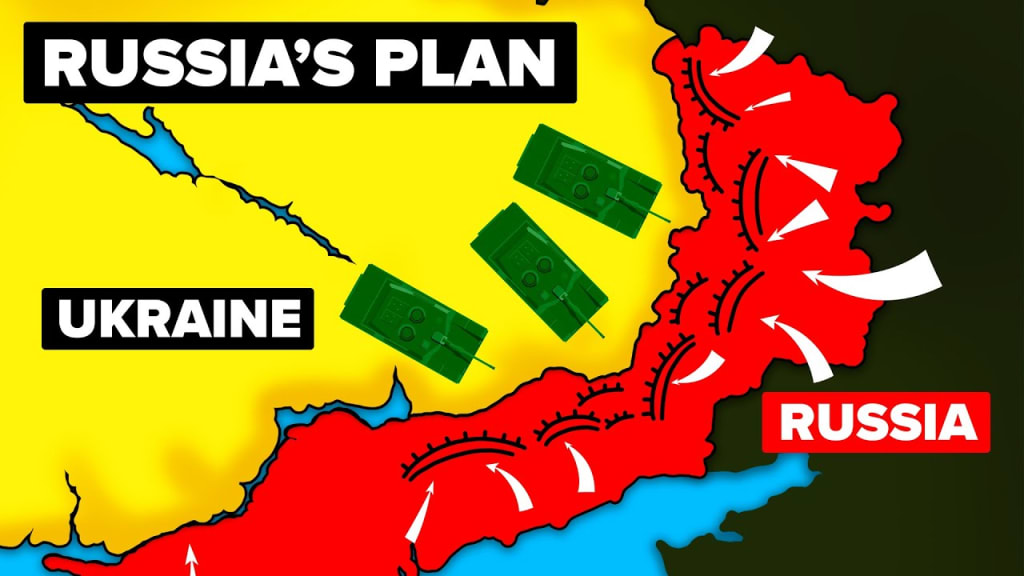
Ukraine and Russia have been locked in a tense standoff for the past year, but Ukraine is not backing down. Russia faces the risk of a counterattack if it does not adapt its military strategy soon! Find out how Russia intends to stop any Ukrainian advance in this thrilling new story! 🚨❓🔥

How Ukraine is Winning the War Against Russia
The war between Ukraine and Russia has been raging for over a year now, and it has become one of the most complex and dynamic conflicts in modern history. Both sides have employed a variety of tactics, strategies, and technologies to gain an advantage over the other, but the balance of power has shifted dramatically in favor of Ukraine in recent months. In this blog post, I will explain how Ukraine is using western support and technology to gain an edge over Russia, and how Russia is resorting to propaganda and intimidation to try to stop the Ukrainian offensive. I will also explain why this war is important for the security and stability of Europe and beyond.
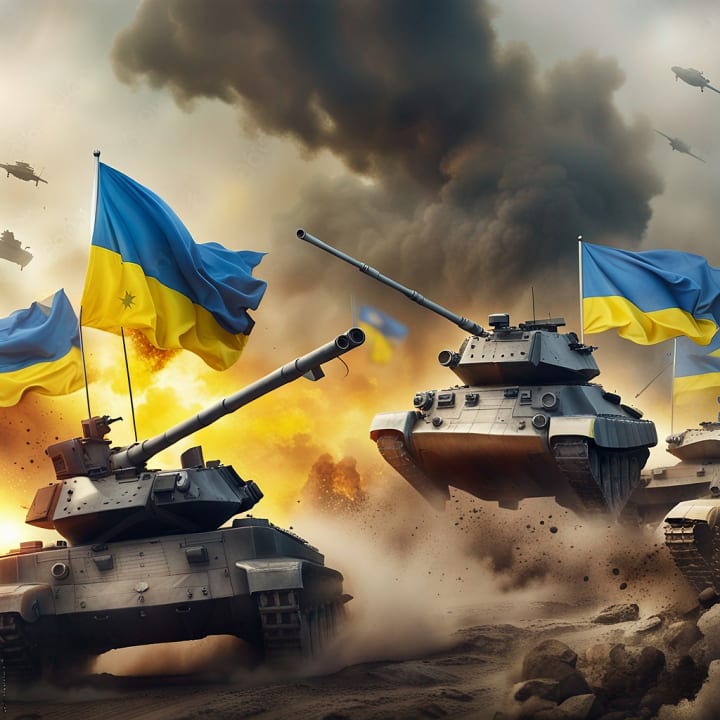
The Ukrainian Counteroffensive
For over a month now, Ukraine has been engaged in shaping operations in anticipation of a major offensive. Russia has been fully aware of Ukraine's upcoming offensive operation and made good use of its time in preparation. Knowing the range of HIMARS, Russia has widely dispersed its stockpiles of equipment and ammunition, moving larger stockpiles back and out of range of the 50 mile (80km) rocket artillery.
However, Russia was blindsided by a surprise move from the British. Since the war started, Ukraine has been asking for three specific things: tanks, fighter jets, and long-range precision attack munitions like US ATACMS. It got part of its wish fulfilled with the receipt of multiple HIMARS batteries, which caught the Russians by surprise last summer and decimated their logistics, setting the stage for one of the most stunningly successful counterattacks in modern military history.
Yet the US kept denying Ukraine's request for the longer-ranged ATACMS, which Ukraine could put to use to launch strikes deep in the Russian rear- even as far as the Kerch bridge, a vital supply route for Russian occupation forces in Crimea and the south of Ukraine. The refusals have persisted for over a year, with various justifications given such as the fear of imaginary escalation from a Russia utterly spent in combat with Ukraine. This is why in early May; Russia was completely blindsided by a series of precision attacks deep in its rear.
Just minutes after they were striking Russian supply depots, vehicle assembly points, and command posts, Britain revealed to the world that they were going to supply Ukraine with the Storm Shadow cruise missile- and oops, they already did and Ukraine had more already in-country. The move was calculated to allow Ukraine to make maximum use of the missile in a surprise round of attacks, before Russia could adjust its air defenses to deal with this new threat. Russia, which has been historically deeply apathetic during this war, was completely surprised and unprepared.
Storm Shadow strikes continue to this day, but as of the second week of June, the ground offensive has at last officially begun. Ukraine currently is employing lighter forces to attack Russian lines across multiple vectors, in a classic reconnaissance-in-force probe of enemy defenses. The Ukrainians are looking for the weak spots in Russian defenses before committing overwhelming firepower. However, the probing attacks also put Russian mobile reserves on the backfoot, as it's impossible to tell from where the real attack will finally come.
Currently, its estimated that Ukraine has committed only half of its own reserves to the offensive, waiting for a moment where it can bring to bear the rest of its forces in one massive, overwhelming push.
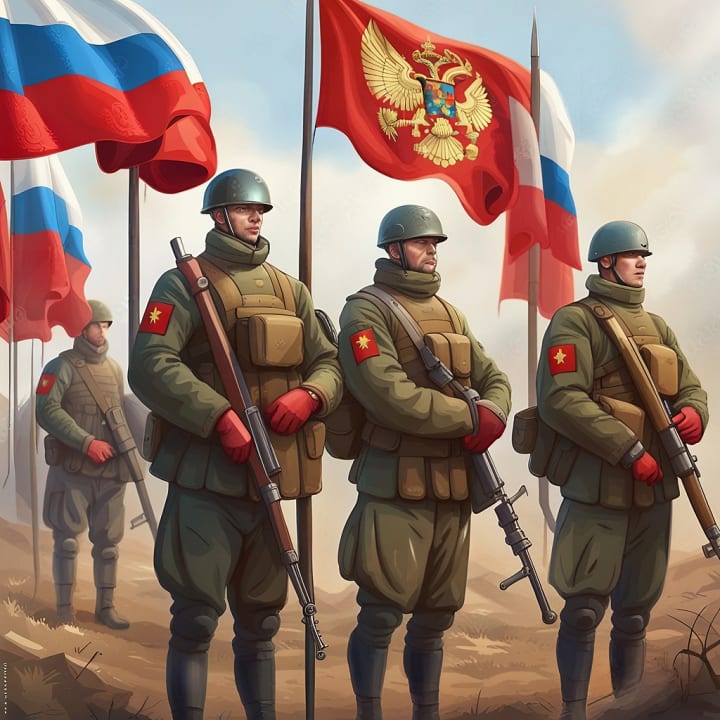
The Russian Defense
Russia is thus largely relying on meat and a whole lot of artillery to blunt the Ukrainian counterattack. With both sides facing a shell shortage, Russia was forced to limit offensive operations in the spring as it built a reserve specially dedicated to defeating the Ukrainian counterattack. This has caused significant friction with groups like Yevgeny Prigozhin's Wagner Group, who accused the Russian Ministry of Defense of purposefully sabotaging Wagner by denying them ammunition. There may have been some truth to that, but the cold hard calculus is that Russia simply did not have enough ammo to prepare for the summer attack and carry out continued offenses.
A key part of defeating the Ukrainian offensive is the extensive line of fortifications and trenches that Russia has dug. Traditional Russian defensive doctrine calls for the creation of multiple defensive lines stretching as much as 8 to 10 kilometers deep. In most places, Russia has supplemented regular trenches with special tank obstacles of two different kind- dragon's teeth and anti-tank trenches.
The first, dragon's teeth, are giant pyramid shaped concrete pillars that are meant to disrupt a tank's ability to cross the terrain. When used correctly, they can be a major impediment to armored vehicles, but we've had evidence that Russia is not in fact using them correctly. During the early spring, videos leaked online of Ukrainian tanks crossing over dragon's teeth obstacles, or simply pushing them out of the way.
Tanks are pretty surprisingly mobile pieces of equipment, so it's not necessarily a surprise that the Ukrainians would be able to manuever over these obstacles. What is surprising is that these tanks were apparently free to do so- no defensive obstacle is effective on its own, and while dragon's teeth may not stop all armored vehicles, they do significantly slow them down. This is where supporting elements like friendly tanks, anti-tank teams, aircraft, or artillery are meant to come into play, destroying the vulnerable attacking tanks. As usual though, Russia proved too uncoordinated to engage these penetrations- though it should not be expected the same would happen in a massive offensive operation.
Dragon's teeth however are also supposed to be partially buried into the ground in order to prevent engineering vehicles or regular tanks from simply pushing them aside. This was not the case in at leat some areas of the front where Ukrainian tanks simply pushed their way through the obstacles, or where the dragon's teeth were seen deployed on top of a concrete road.
The next obstacle Ukraine must overcome are extensive mine fields laid out in preparation of the coming offensive by Russian troops. It's now estimated that Ukraine's east could be the most mined place on earth, second only to the DMZ that separates North and South Korea. Significant effort has been made by western militaries to equip Ukraine to deal with these mines, with the donation of multiple engineering vehicles and specialized plows meant to cut a path through the earth and detonate any mines in the way. The US even gave Ukraine specialized vehicles equipped with the MICLIC mine-clearing line charge. These armored vehicles shoot out a rocket-propelled mine-clearing line charge that lands on the ground and detonates, clearing a path for advancing vehicles and infantry.
However, MICLIC isn't always effective against mines buried deeper in the earth, and even anti-mine plows pushed along by armored vehicles can't always dig deep enough to detonate them either. Then there's the simple density of mines- Russia has inherited a massive stockpile of millions of them from the Soviet Union and put them to great use. The Ukrainians found out just how dense Russian mine fields can be in the battle of Mala Tokmachka, where a Ukrainian offensive was forced to retreat after failing to penetrate the Russian mine fields.
Adding to the troubling mix are copious amounts of Russian artillery, which can be devastating when employed against an offensive bogged down in thick mine fields. This is exactly what happened in Mala Tokmachka when the second assault, consisting of 11 armored vehicles, was dispatched in the wake of the first failed assault which had been stopped by mines. In the end, this was only a probing attack, but Ukraine still lost two engineering vehicles including one of its rare Leopard tanks and four armored vehicles- some of them being American Bradley Infantry Fighting Vehicles.
Normally aviation or precision counter-battery fire would be used to suppress enemy artillery during an assault, but Ukraine has been unable to fly close to the front lines for most of the war. Its precision artillery capabilities are also light on the ground, and what units it does have can't be everywhere at once.
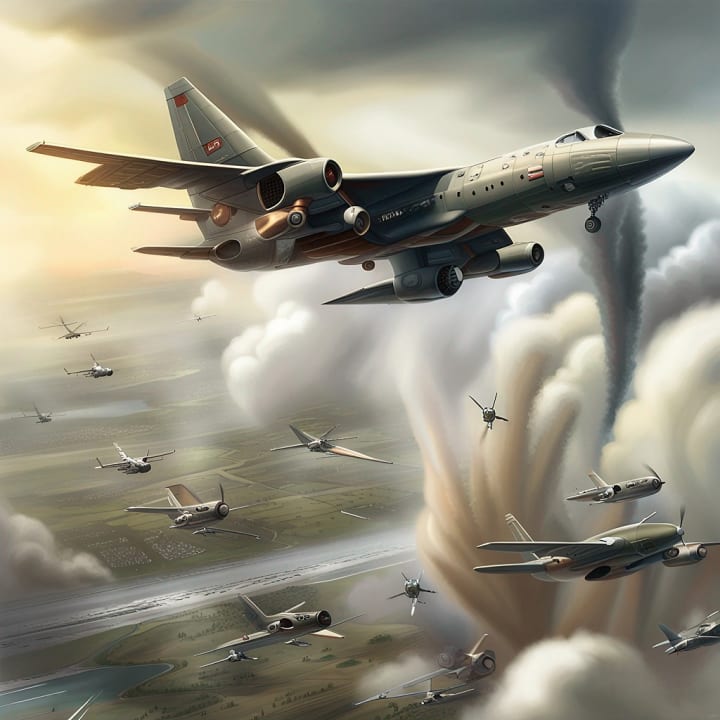
The Air War
Russia on the other hand has made the surprising move of officially moving its aviation closer to the front. Famously, the Russian aerospace forces have woefully underperformed during the course of the war, and it's hard to blame them when their own air defenses have shot down nearly as many of their aircraft as the Ukrainians have. The Russians have also proven how bad their air power doctrine is with events such as the attacks in Chornobaivka in March of 2022, when Ukrainian artillery shelled parked Russian helicopters over a dozen times- with the Russian returning the helicopters and adding new ones after each attack.
This sounds like insanity, but Russian doctrine states that air support must be within 15 minute response time of frontline troops. That doctrine however was written with little consideration for precision long-range fires. After disasters like Chornobaivka and the proliferation of western man-portable air defense weapons, Russia has pulled its air force way back from the front, mostly relegating it to low-precision low-altitude attack runs or lobbing missiles at civilians from hundreds of kilometers away.
Now this is changing, with Russian aircraft reportedly moving into the east of Ukraine from bases in Russia to better support the front. We already have confirmation of more western tank and armored vehicles lost to Russian air attack, highlighting a very crippling vulnerability of the Ukrainian armed forces: the lack of air support for frotline forces.
While advanced western defenses have enjoyed an interception rate as high as 90 to 95% in areas like Kyiv, they can't be everywhere at once and few of them are near the front. This is why Ukraine has been desperately calling for western fighters such as the F-16, and it seems like it's finally getting them with confirmation that Ukrainian pilots were already entering training in various western countries. To counter the F-16 threat though, Russia has turned to once more directly targeting western audiences with propaganda messages meant to terrify or demoralize the west from continued support. Russia knows that the west expects to see big results from the investment of hundreds of armored vehicles sent to Ukraine so far, which is why it exploits every single destroyed Leopard tank or American Bradley IFV to maximum extent.
Early in the counteroffensive, a column of Leopards supported by Bradley IFVs was ambushed by Russian artillery. The column was operating under very poor doctrine, with the vehicles closely bunched together, making them easy prey. Details remain sketchy, but multiple of the vehicles were either destroyed or damaged so bad they had to be abandoned. Later, an attack along the same axis would be successful, allowing Ukraine to tow the vehicles back into rear areas for repair- but Russia was already making full propaganda use of the Ukrainian blunder. By using multiple angles of the same attack, Russia painted a picture of a dozen or more Leopard 2s and Bradleys having been destroyed. Sadly, many in the west believed this to be the case, which is why fighting Russian disinformation is so important.
The truth is that western vehicles are not invulnerable and were always going to be damaged or destroyed in fierce fighting- especially because Ukraine cannot make use of them the way the west can in overwhelming combined arms maneuvers. The Kremlin has exploited this, spreading every piece of video and photo evidence it has of destroyed western Leopards, Bradleys, and more to paint a picture indicating the futility of continuing to supply Ukraine. Famously, Russia even resorted to using its own destroyed tank as proof of a Leopard 2 kill- despite one of the insignia found in the wreckage and displayed in the propaganda video clearly belonging to a Russian army unit.
The fact that Ukraine is still in a strict media blackout does not help it fight the Russian narrative. Ukraine, which is typically dominating the media battlefield, has been forced to cede the battle for the minds of the people to Russia in order to keep ongoing operations secret. This means we're getting very little footage of destroyed Russian vehicles, and a whole lot of destroyed Ukrainian vehicles- despite it being obvious by the constant, slow but steady gains across the front, that Ukraine is pushing the Russians back all across the eastern front.
Russia's hope is that it can defeat western equipment before it ever gets to Ukraine by targeting you, the western observer. By convincing you that it's a futile waste of money to send more expensive kit to Ukraine, Russia hopes that you'll influence your politicians into stopping further shipments. The strategy is not without merit, with multiple American Republican presidential candidates campaigning on a promise to ending support for Ukraine altogether. Republican lead nominee and federal criminal defendant Donald Trump has promised that he would stop support for Ukraine upon taking office, viewing the war as a “territorial affair” and a waste of US taxpayer money.
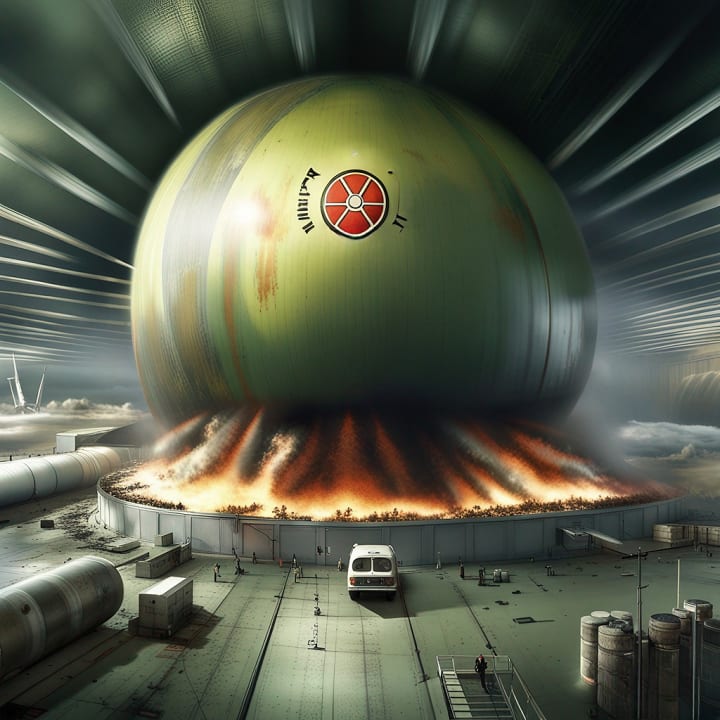
The Nuclear Threat
Vladimir Putin has also attempted to use nuclear intimidation to rattle the west into ceasing support for Ukraine. Russia and Belarus have signed an agreement to allow for the basing of Russian nuclear weapons inside of Belarus itself, the first time in over two decades that Russia has had a nuclear component outside of its own borders. The move is hugely symbolic, as it has little strategic benefit- in fact, it's a strategic liability given the civil unrest inside of Belarus and the fact that these weapons are now even closer to quick-response precision NATO strike capabilities.
But it's a calculated move meant to intimidate the west by raising the specter of nuclear war, something Vladimir Putin knows is ridiculous, but is counting on an uninformed western audience to be fearful of. It might even be working, with the recent transfer of the weapons making headlines and once more putting the words “nuclear war” on the lips of hundreds of millions of westerners.
Yet it's a pointless move- these nukes were just as deadly inside of Russia as they are in Belarus. It's a pathetic attempt at nuclear blackmail, and it seems the west isn't really buying it.
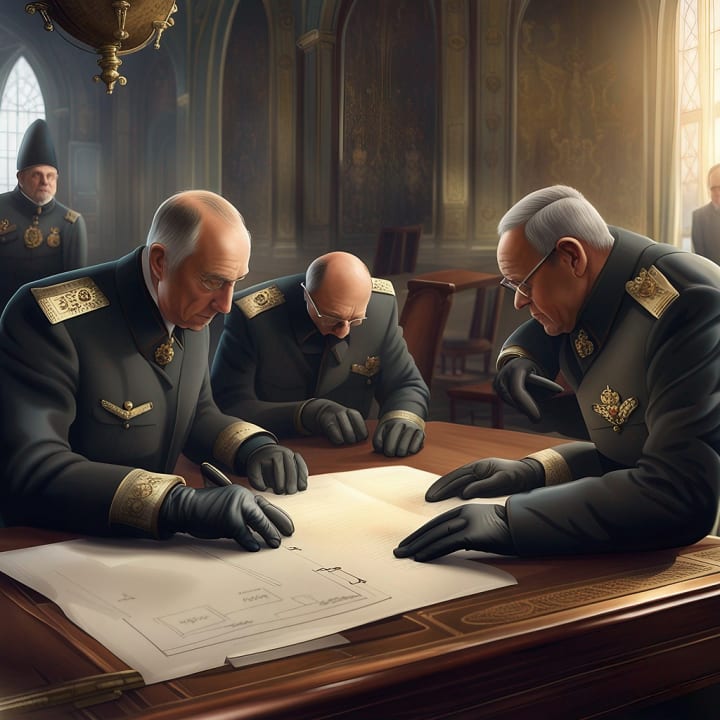
The Final Outcome
That's why Russia needs kinetic solutions to its western tank problem. Over the winter, as it became clear Ukraine would receive large amounts of western tanks, Russia set about creating special task forces meant to find and destroy these tanks. Knowing it would cause a morale crisis in the west, destroying western armored vehicles became a top priority- but the truth is that these vehicles also present a significant challenge to Russian forces who are outgunned and equipped with inferior vehicles of their own.
And Ukraine, it seems, is starting to take full advantage of superior western capabilities, taking a page right out of the US playbook. There are reports that Ukraine is now beginning a night attack campaign, leveraging the advantage that western tanks and IFVs have in thermal and night vision sights as well as fire control systems. Supplied with western night vision, its soldiers now enjoy an advantage that the Russians largely lack- who outside of very specialized, elite formations, typically have one set of night vision for every ten soldiers.
America has long ruled the night thanks to its technological superiority, and now Ukraine is using western gear to enjoy the same advantage. As of June 15th it's far too early to tell how effective these night attacks are, but if Ukraine uses forces specially trained in the west for these operations in large numbers, Russia could be in serious trouble. This war is ultimately a marathon though, not a sprint, and even if the Ukrainian offensive fails completely, both sides have the forces to continue fighting for a long time.
As long as western support holds, Ukraine will emerge victorious as Russia faces the combined economic might of the entire west and a significant number of asian allies. At the end of the day, it was Russia who invaded Ukraine, and Russia who has carried out a campaign of war crimes against Ukrainian civilians, and it's Russia who must be handed a defeat so complete, it can never again pose a threat to Europe or beyond.

Epilogue
The war between Ukraine and Russia ended in late 2023, after a series of decisive battles that broke the Russian will to fight. Ukraine, with the help of western support and technology, managed to liberate most of its occupied territories, and inflict heavy losses on the Russian army and its proxies. Russia, facing international isolation and economic collapse, agreed to a peace deal that recognized Ukraine's sovereignty and territorial integrity, and withdrew its remaining forces from Ukraine and Crimea.
The war had a lasting impact on the region and the world. Ukraine emerged as a stronger and more democratic nation, with closer ties to the west and NATO. Russia suffered a humiliating defeat that exposed its military weakness and political instability. The west reaffirmed its commitment to defend its allies and values against aggression and intimidation. The war also sparked a global debate on the role of nuclear weapons and the need for arms control and disarmament.
The war also left behind a legacy of human suffering and environmental damage. Thousands of people were killed or wounded, millions were displaced or affected by the conflict, and countless homes and infrastructure were destroyed or damaged. The war also left behind millions of landmines, unexploded ordnance, and radioactive waste that pose a threat to human health and safety for years to come. The war also increased the risk of regional instability and violence, as various groups sought to exploit the power vacuum or pursue their own interests.
The war between Ukraine and Russia was one of the most complex and dynamic conflicts in modern history. It was also one of the most important ones, as it shaped the future of Europe and beyond. It was a war that tested the resolve and resilience of both sides and challenged the assumptions and expectations of many observers. It was a war that showed the best and worst of humanity and revealed the potential and limitations of technology. It was a war that changed the world.
📝 Sources: https://pastebin.com/R4FH1cw6


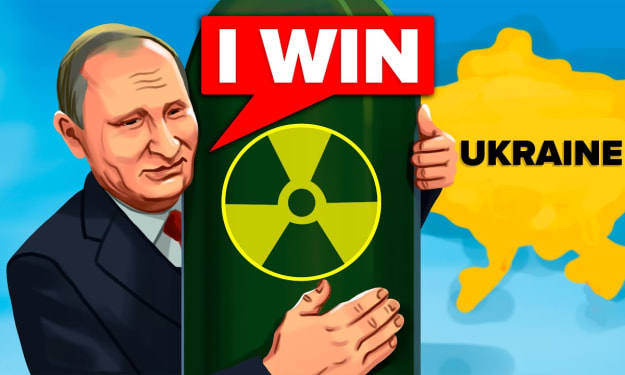



Comments
There are no comments for this story
Be the first to respond and start the conversation.